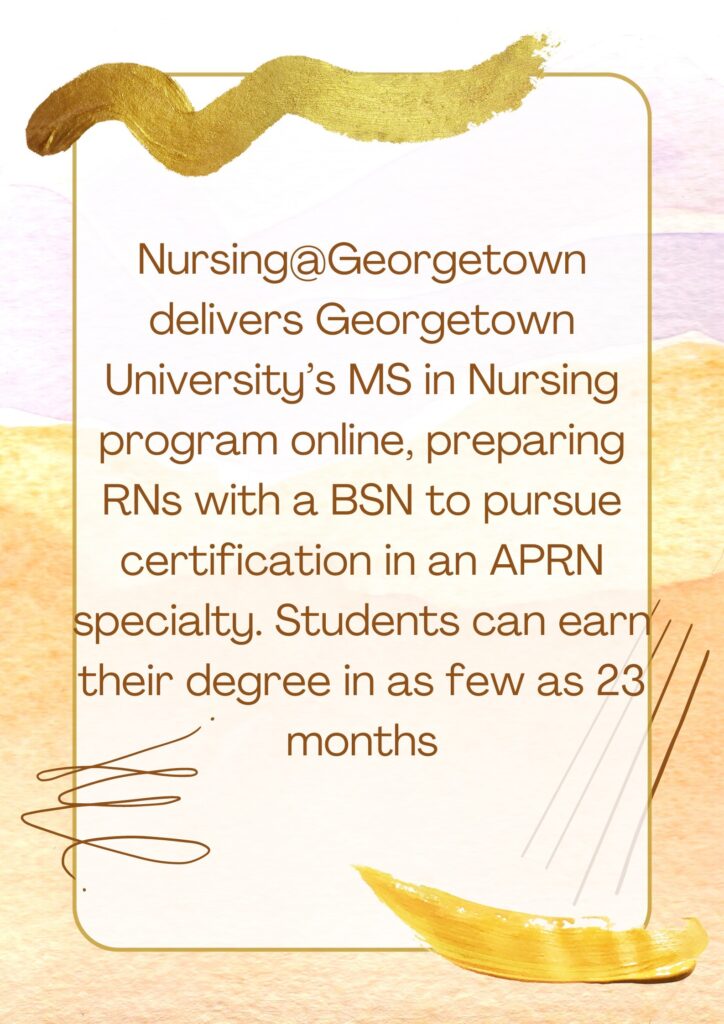According to the U.S. Bureau of Labor Statistics, the advanced nurses are expected to grow 40% between 2021 to 2031 with jobs for nurse practitioners, nurse anesthetists, and nurse midwives.
All of requires a master’s degree in nursing or higher.
The demand for nurse practitioners is particularly on the peak, with 112,700 jobs expected to be added to the economy by 2031, more than 40% increase.
According to the figures from the American Association of Nurse Practitioners (AANP), the licensed nurse practitioners number crossed 355,000 in April 2022. There is 9% increase from the prior year.
Salaries reflect this demand, with the nurse practitioners in CALIFORNIA earning average annual pay of more than $150,000.
How nursing schools addressing the high demand of nurse practitioners?
The demand of nurse practitioners increases day by day.
Fortune spoke with Debora Dole, vice dean of academic affairs at the top ranked Georgetown University School of Nursing, to know how nursing schools are trying to fulfill the demand for this fast-growing career in health sector field.
After earning a bachelor’s degree, graduates must pass the NCLEX and apply for RN license. After that, the next step is to apply for the master’s degree or doctorate degree nursing program, which typically includes choosing a specialty track.

A nurse practitioner’s specialty dictates what population they will primarily serve because each population has its unique demands There are different tracks offers in MSN nurse practitioner programs are FNP family nurse practitioners, A-GNP adult- gerontology nurse practitioners and WHNP women’s health nurse practitioners.
Dole also added, I think all the tracks have their own utility. Such as in the case of family nurse practitioners, there is huge need for more primary care providers, physicians, and nurse practitioners especially in rural areas.
As the population of older adults with acute and chronic and critical conditions increase, the demand for advanced nurses who are specialized in adult gerontology is also at peak.
Dole also explains, there are need of more women health nurse practitioners and nurse midwives to address the maternal mortality.
Is the path to becoming a nurse practitioner is changing?
In response to an endorsement by the NONPF National Organization of Nurse Practitioners Faculties to set a DNP Doctorate in nursing as the new entry-level nurse practitioner education standard by 2025, nursing schools are preparing to amend their program structures to meet the new requirement.
Why DNP becoming the new entry level degree for nurse practitioners?
The main reason is the increases demand for high quality care across all health settings. These programs are focused on bringing nurses capabilities to the same standard as professionals like physicians and physical therapists.
Nurse practitioners are required to have an understanding of the use of the data analysis in treating patients, policy, ethical and legal issues and economics which are highlighted in DNO Programs.
Are the distance learning helps to meet different types of demand?
Georgetown nursing schools has built relationships with the sites across the U.S that align with whatever the programs require.
Georgetown’s distance program consists of weekly classes facilitated by the faculty, as well as on campus visits for clinical intensive sessions ahead of their clinical rotations. The number of clinical intensives students must attend depends on the specialty program.
The master’s in nursing family nurse practitioners’ programs require a minimum of 650 clinical hours
The master’s in nursing women’s health nurse practitioner requires at least a thousand hours.
Dole also added that a development plan is put in place until student is able to demonstrate competency.
[

